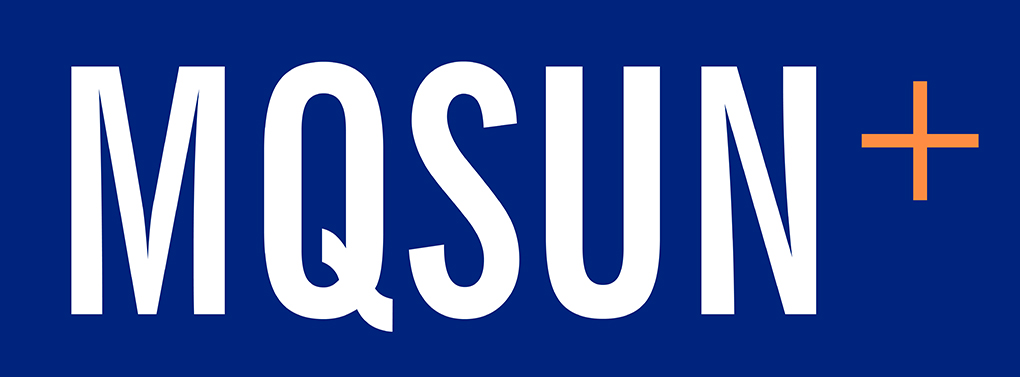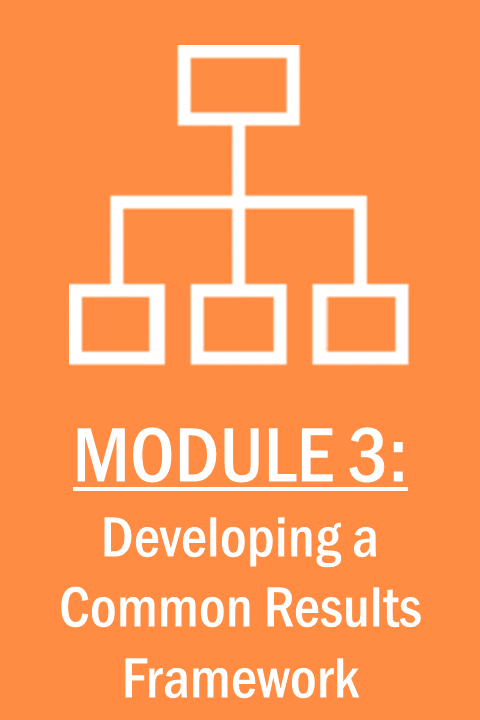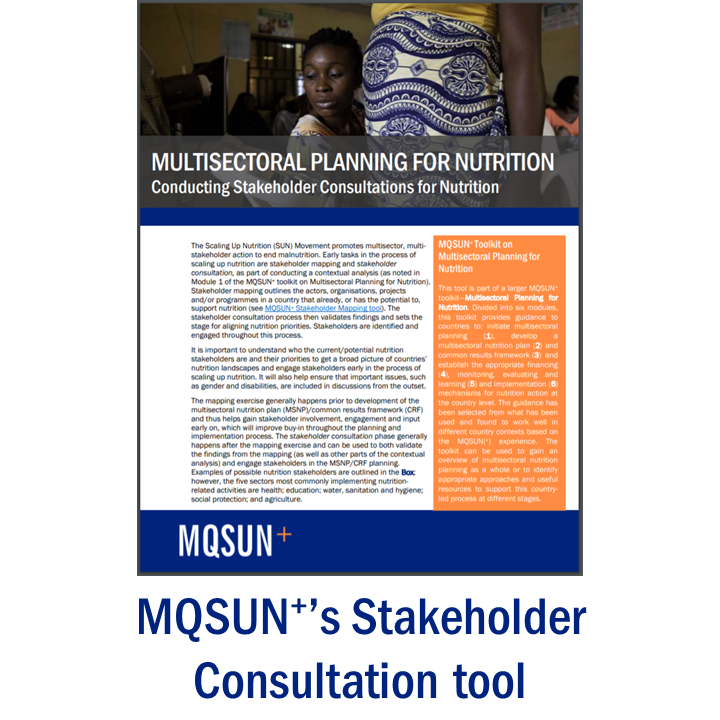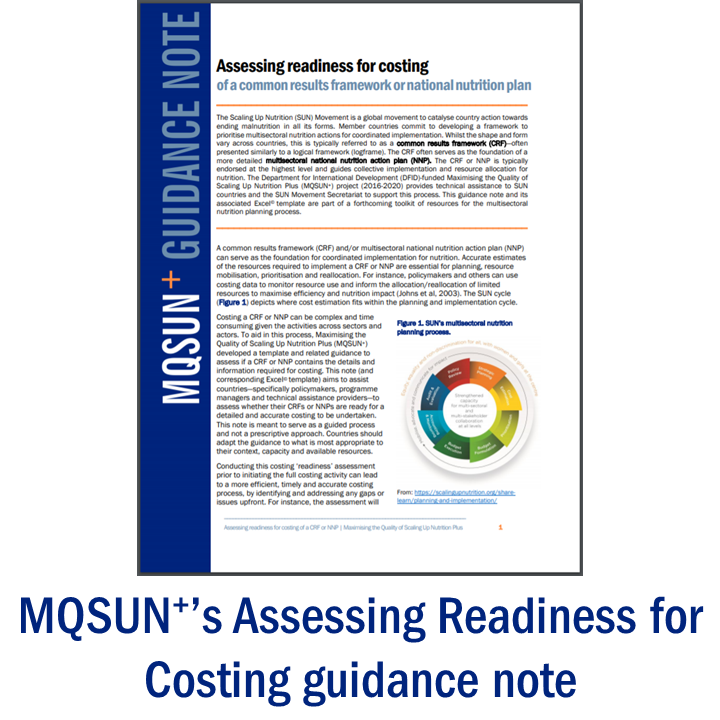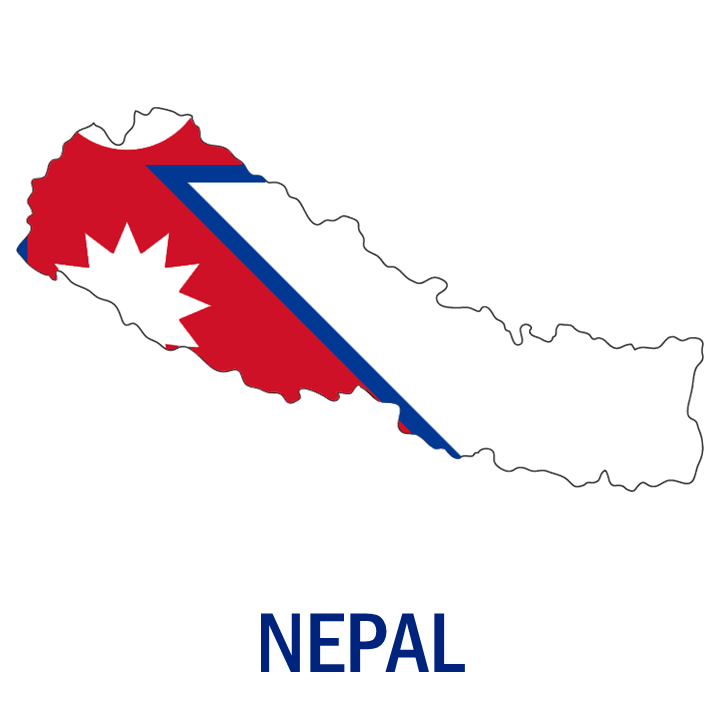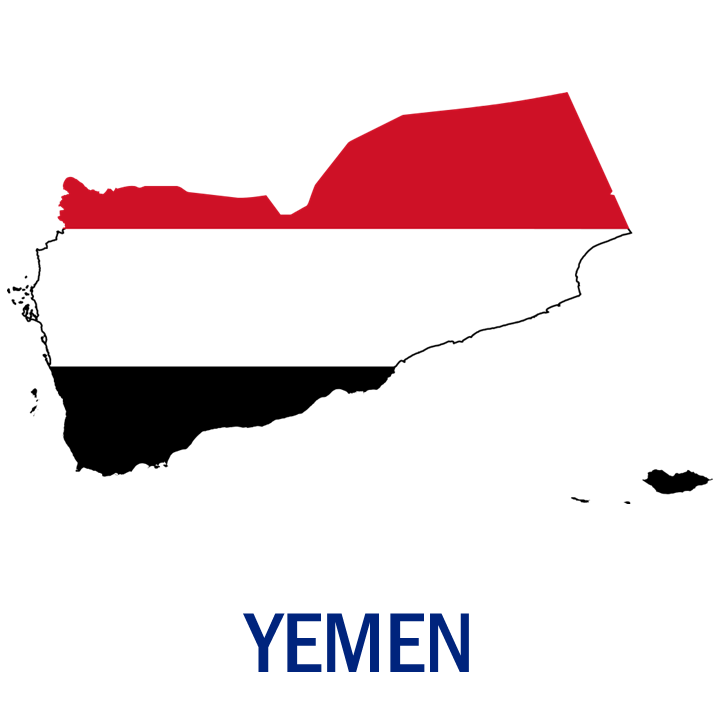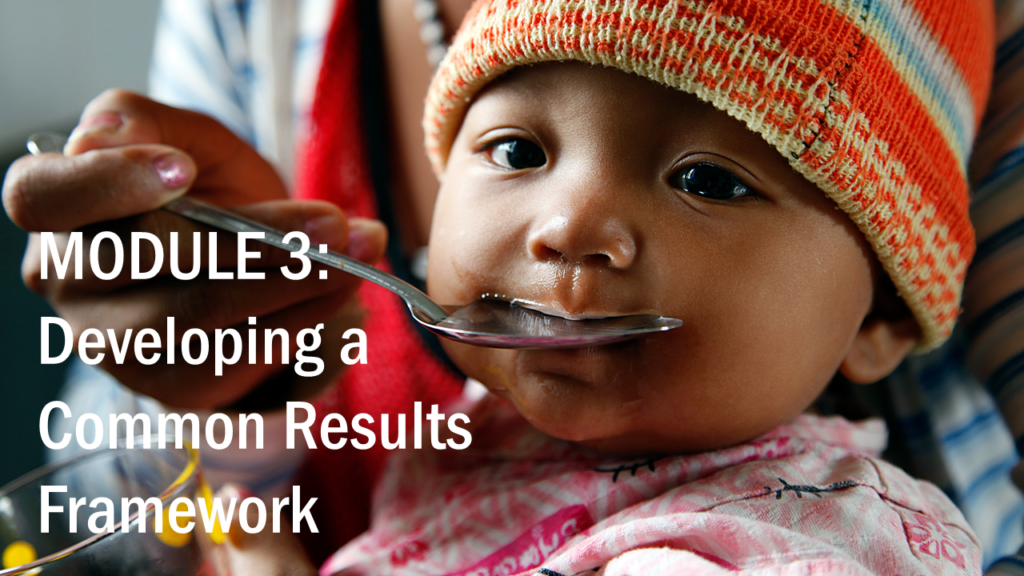
This module describes the process of developing a CRF. A CRF may be developed before, after or in parallel with the development of a multisectoral nutrition plan (MSNP). As such, it is recommended that this module be reviewed in conjunction with Module 2, as there are overlapping considerations, processes and resources to keep in mind. A CRF lays out in detail the objectives, actions, targets and anticipated outputs and outcomes of an MSNP across a timeline, assigning clear roles and responsibilities. It is a vehicle for stakeholders to translate policy into action and results and to ensure accountability for planners and those most affected by malnutrition. CRFs may look different across countries and can comprise a suite of documents or one main document. From Maximising the Quality of Scaling Up Nutrition Plus (MQSUN+) experience, the CRF is usually presented as a detailed logical framework, or logframe, which includes the full suite of nutrition actions and anticipated results.
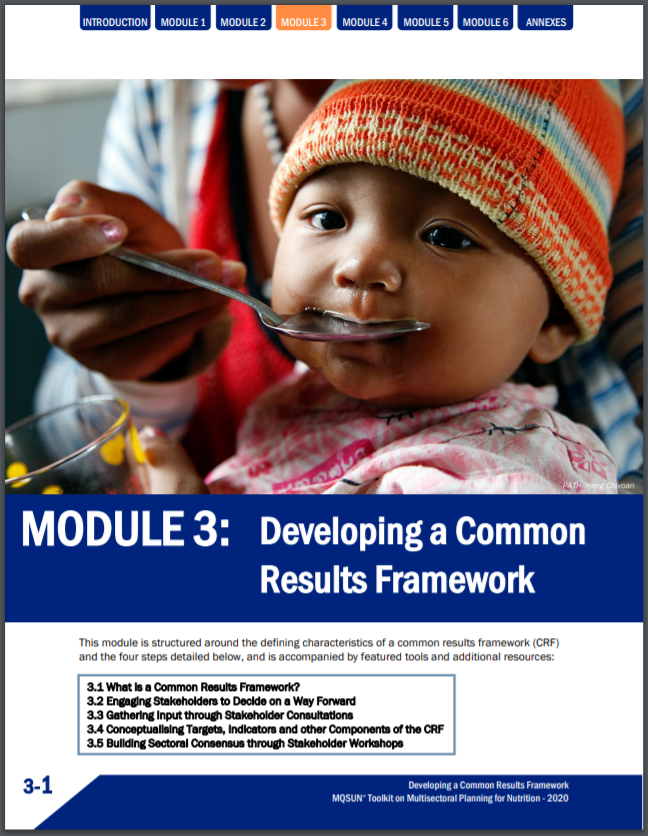 | Developing a CRF requires investment of time and resources. The process of quantifying anticipated results and targets and identifying relevant indicators, data sources and data-collection strategies can be logistically intensive. However, the process itself promotes ownership amongst stakeholders and provides an important foundation for results-based management through the mutual development of a comprehensive and powerful tool to promote and assess results. Costing is an important consideration throughout the development of the CRF. The level of detail elaborated should be sufficient to allow it to be costed once complete. It is helpful, where possible, to consider the costing methodology and requirements early on in the process (refer to Module 4). |
MODULE 3 OUTLINE
3.1 – What is a Common Results Framework? (EN, FR, SP)
3.2 – Engaging Stakeholders to Decide on a Way Forward (EN, FR, SP)
3.3 – Gathering Inputs through Stakeholder Consultations (EN, FR, SP)
3.4 – Conceptualising Targets, Indicators and other Components of the CRF (EN, FR, SP)
3.5 – Building Sectoral Consensus through Stakeholder Workshops (EN, FR, SP)

Additional guidance to develop a CRF
| Resources SUN Movement website. Common Results Framework (CRF) page. Available at https://scalingupnutrition.org/share-learn/planning-and-implementation/aligning-and-costing-nutrition-actions/. Accessed 20 September 2020. Walters T, Dolan C, Shoham J. Understanding the SUN Movement CRF: Lessons Learned From Five Countries. Oxford: Emergency Nutrition Network; 2015. Available at https://scalingupnutrition.org/wp-content/uploads/2016/04/ENN-SUN-CRF-Report_Dec-2015_Share.pdf. WHO website. E-Library of Evidence for Nutrition Actions (eLENA) page. Available at https://www.who.int/elena/titles/en/. Accessed 20 September 2020. WHO. Essential Nutrition Actions: Mainstreaming Nutrition Through the Life Course. Geneva: WHO; 2019. Available at https://www.who.int/publications/i/item/9789241515856. Tools WHO website. Nutrition Landscape Information System page. Available at https://www.who.int/nutrition/nlis/en/. Accessed 20 September 2020. UN Network for SUN / REACH [Renewed Efforts Against Child Hunger and Undernutrition] Secretariat. Compendium of Actions for Nutrition. Rome: World Food Programme; 2016. Available at https://www.reachpartnership.org/documents/312104/fa572e1e-b8a9-48bf-89c0-cd3afb203c60. |
